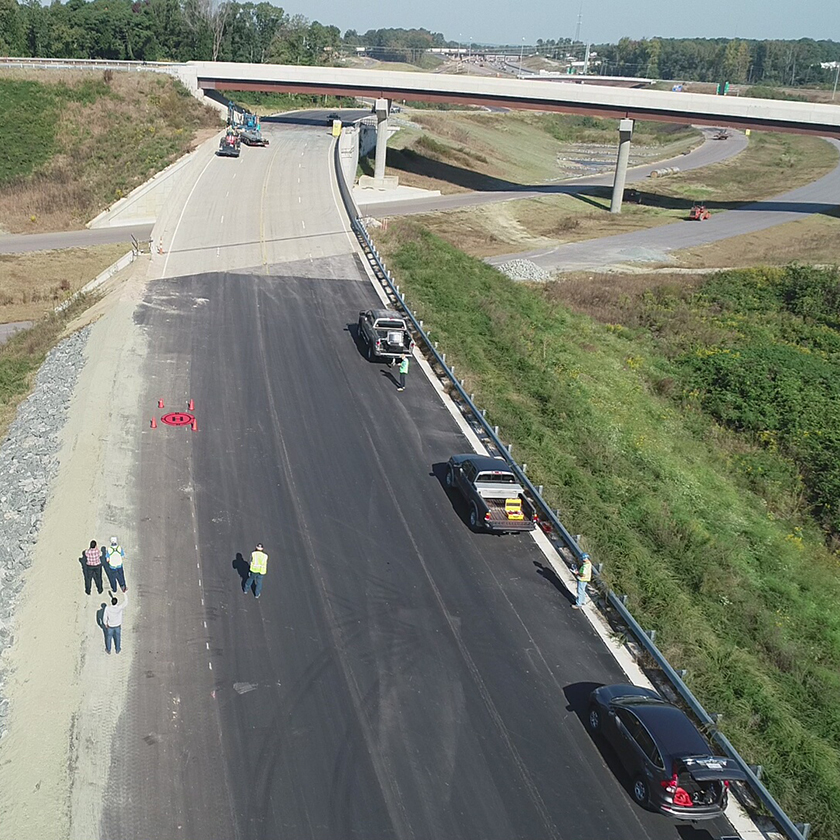
Honors College Receives Prestigious NCHC Portz Grant
12/09/2025 in Honors College
By Alexander Saunders / 09/13/2021 College of Engineering
EAST GREENSBORO, N.C. (Sept. 13, 2021) – The North Carolina Department of Transportation (NCDOT) is responsible for the safety of 13,500 bridges in the state. According to Ali Karimoddini, Ph.D., associate professor of electrical and computer engineering at North Carolina Agricultural and Technical State University, each of those bridges, regardless of their condition, is inspected at least once every two years, in accordance with the National Bridge Inspection Standards (NBIS). That adds up to a lot of time, personnel and money to ensure the safety of North Carolinians and visitors.

Karimoddini is investigating a faster, safer and more cost-effective methodology for assessing areas that are difficult to access during bridge inspections, using unmanned aerial vehicles (UAVs). NCDOT recently funded more than $300,000 for this research, an extension of the recently-completed two-year project, “Developing a Safe and Cost-effective Flight Control Methodology for a UAV-enabled Bridge Inspection.”
“Part of our project is to develop and implement effective workflows for integrating UAVs into bridge inspection processes – but not replace – human inspectors,” said Karimoddini. "Our hypothesis is that the new UAV-assisted workflows will significantly reduce the cost and logistics of inspections, and increase the safety of inspectors.”
Karimoddini and partners are performing field tests and bridge inspection trials twice per month and will use the outcomes of new projects to develop a workflow that NCDOT can use. Tara Cavalline, Ph.D., an expert on infrastructure construction and assessment at UNC Charlotte, will assist Karimoddini during UAV-assisted inspection practices. Additionally, industry collaborators, including Digital Aerolous, Skydio and Parrot, will join the project and provide the team with technical supports. The team publishes the research outcomes, video and other results frequently on its website.
Inspecting NCDOT’s 13,500 bridges is tedious and includes manual documentation, recording, measuring and photography. Using airborne data collection with UAVs speeds up the process and allows for faster data collection, facilitates more frequent inspections and better tracking of defects, like cracks.
“Note that the recorded information in the form of written reports or individual photos makes it difficult for employing advanced data-analytic techniques for post-processing and analysis of the detected problem,” said Karimoddini.
UAV-assisted data collection along with 3D models and advanced data collection and processing will significantly boost the quality of the inspection data.
Karimoddini is the director of NC-CAV Center of Excellence on Connected and Autonomous Vehicle Technology and the Autonomous Cooperative Control of Emergent Systems of Systems (ACCESS) Lab and the deputy director and research thrust leader of TECHLAV, the DoD Center of Excellence in Autonomy. He also served as the principal investigator for Phase I of the SAE AutoDrive Challenge.
This collaborative effort between Karimoddini and his team, NCDOT and industry partners is a remarkable innovation to promote safety and efficiency statewide.
Media Contact Information: uncomm@ncat.edu